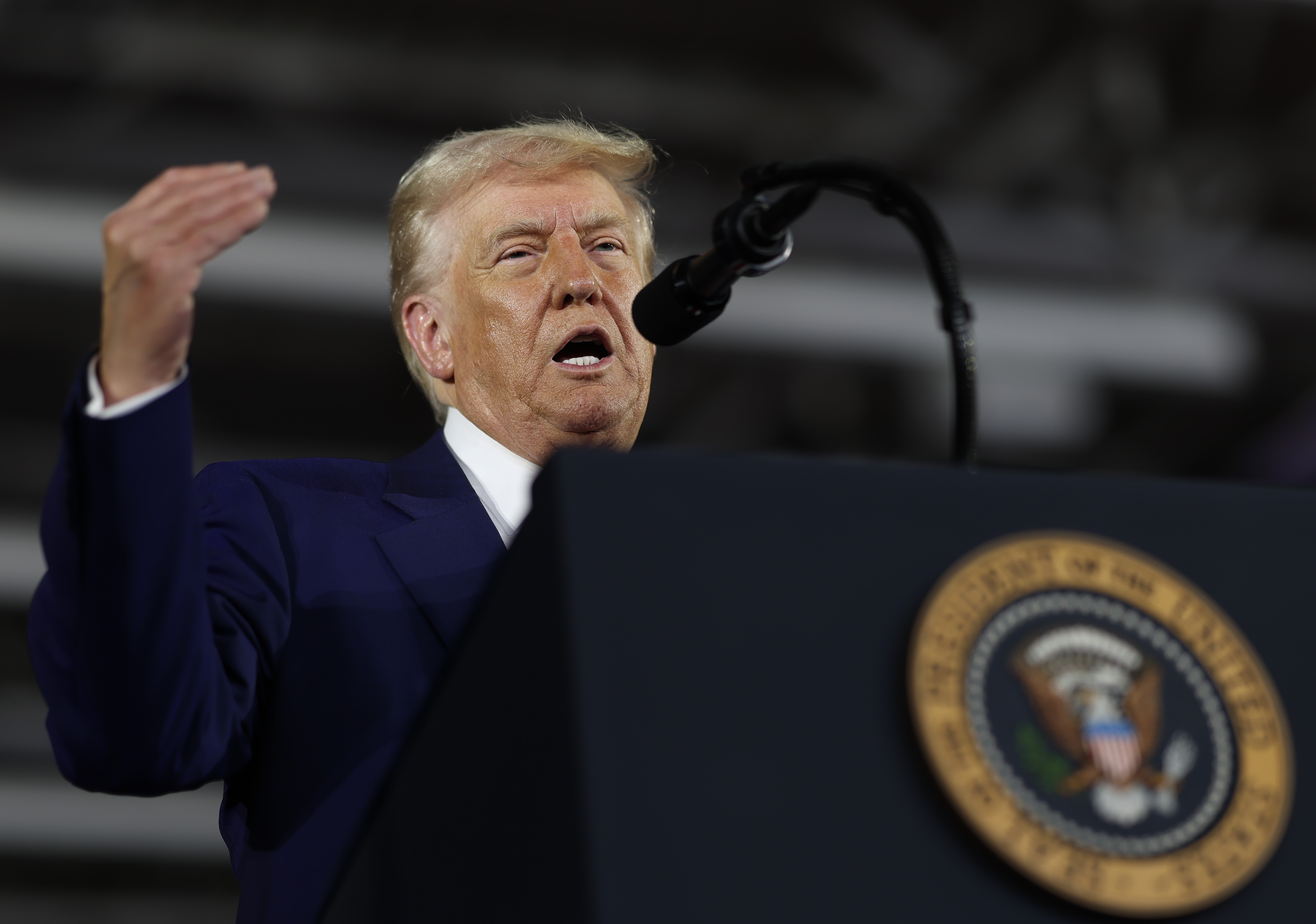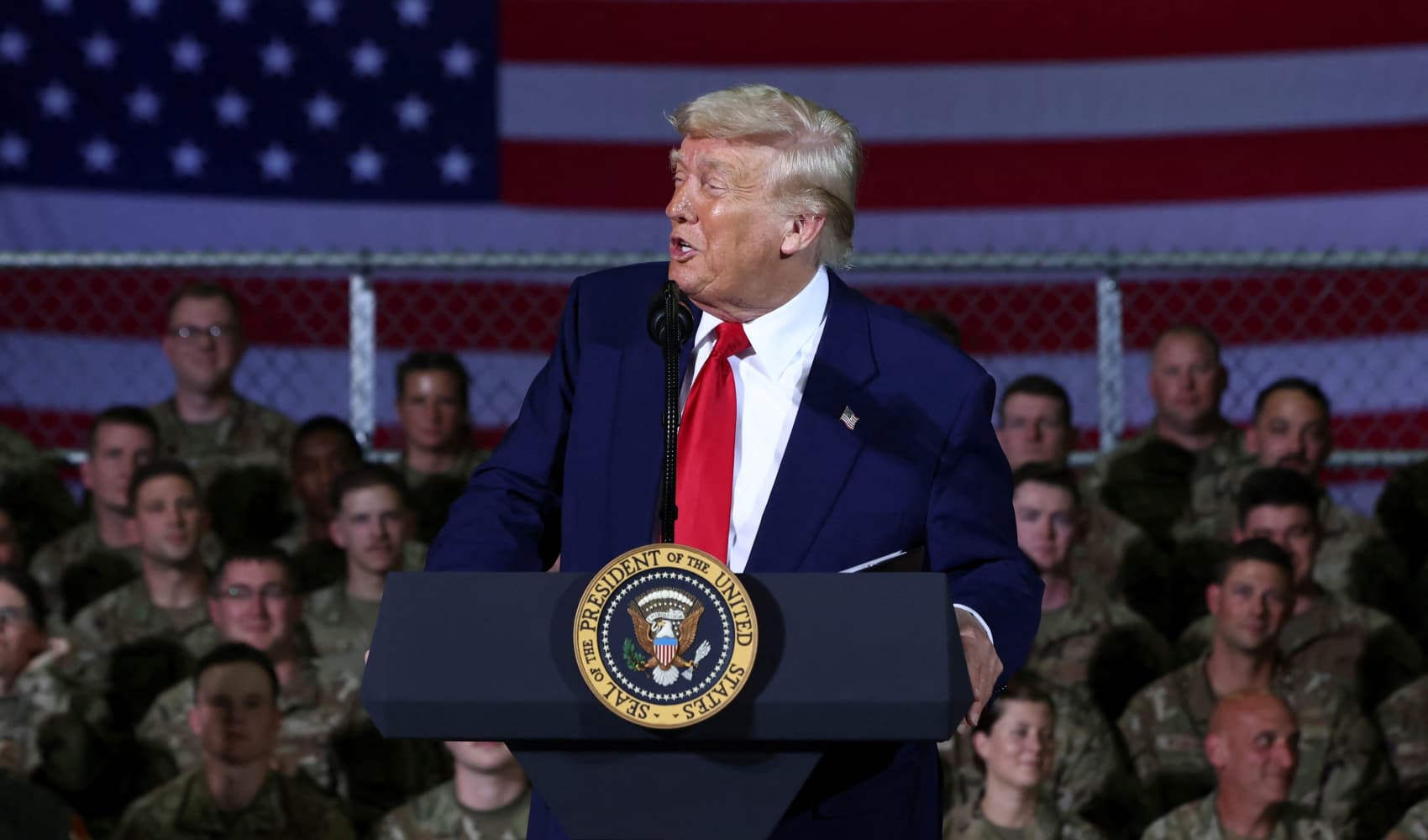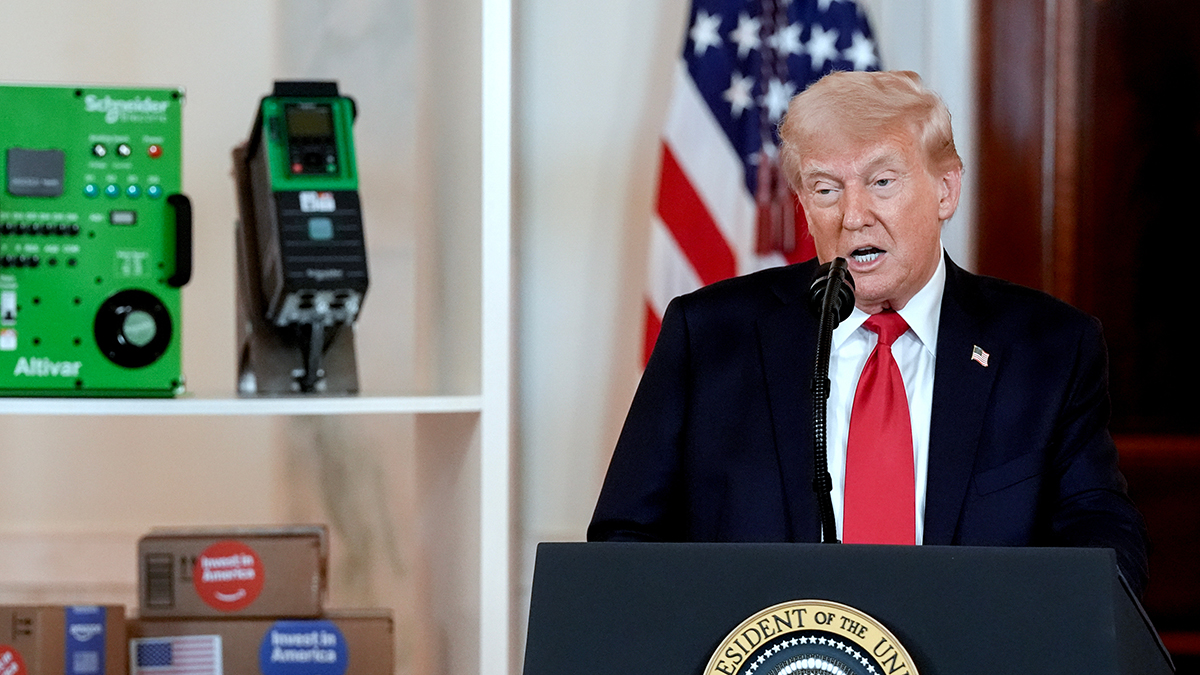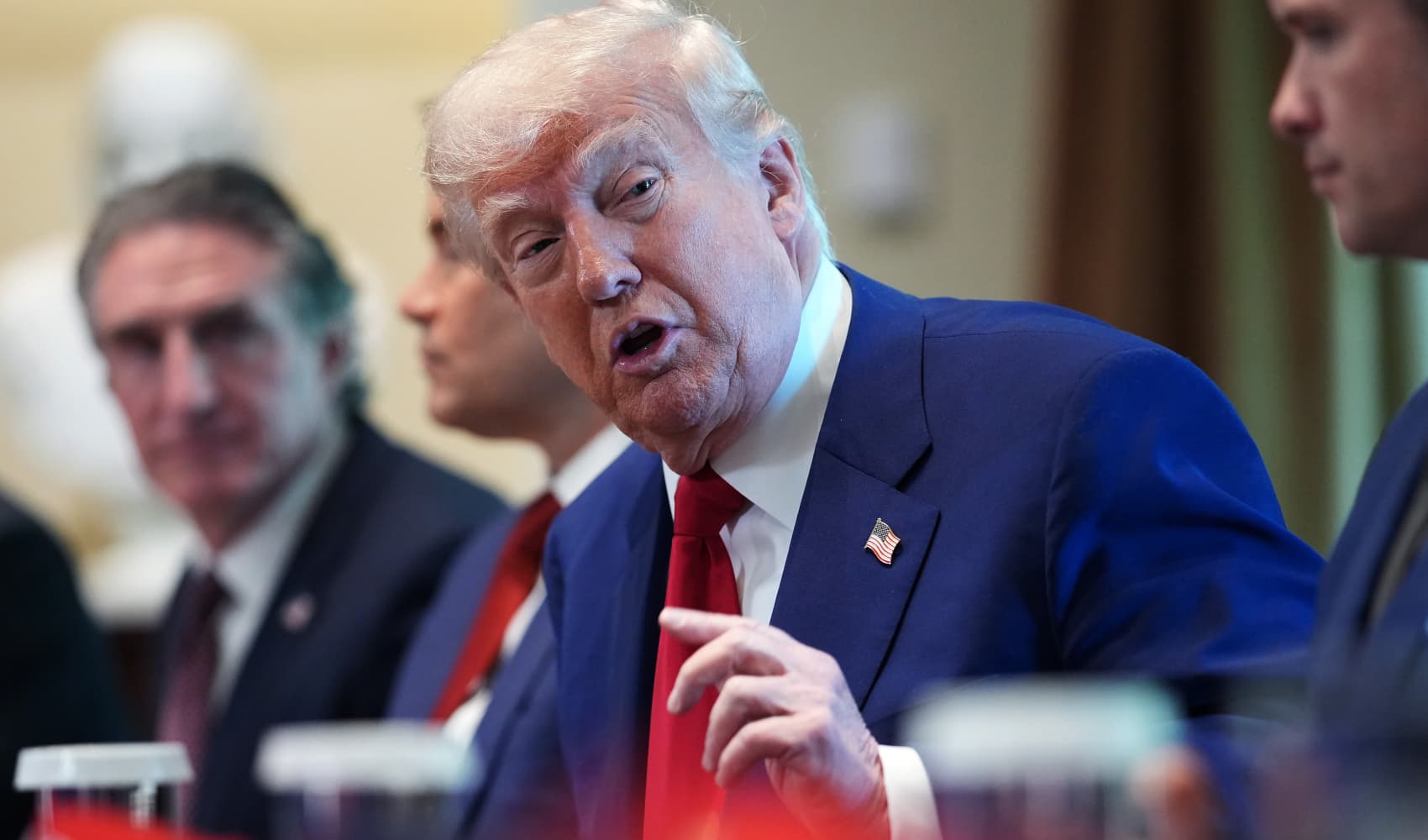Job Growth to Avert Recession? Cramer's Bold Prediction
Can the Mighty Job Market Stave Off Recession? Cramer Weighs In
Is Wall Street's Gloom Overblown? The Cramer Perspective
Wall Street seems to be bracing for impact, a recessionary storm on the horizon. But is all this pessimism warranted? CNBC’s Jim Cramer thinks not. He suggests that a powerful force, the robust job market, might just be our economic shield. So, grab your latte, and let's dive into why Cramer believes continued job growth could be the unexpected hero we need. Is he right? Let's explore!
The Jobs Juggernaut: A Recession Repellent?
Cramer's argument hinges on a simple yet powerful observation: recessions and employment are intimately linked. Historically, economic downturns are often preceded or accompanied by significant job losses. But what if the job market remains strong, even in the face of other economic challenges? That's the question Cramer poses, suggesting that a healthy job market acts as a buffer against recessionary pressures.
The Supply-Demand Imbalance: A Good Problem to Have?
One of Cramer's key points is the persistent imbalance between available jobs and available workers. He highlights that there are "still so many more jobs than we have people to fill them." This is a fundamental shift from periods when unemployment lines stretched for miles. In this new reality, businesses are actively seeking talent, driving up wages and potentially fueling consumer spending. Think of it like this: companies are practically begging for workers, offering perks and higher pay. That's not exactly a recipe for a recession, is it?
Tariffs, Prices, and Shortages: The Inevitable Headwinds
Cramer isn't painting a completely rosy picture. He acknowledges the potential downsides of the current economic climate. "Will the tariffs hurt? Yes. Will prices go higher? Yes. Could there be shortages? Absolutely," he admits. These are real concerns that could dampen economic activity. But he argues that the strength of the job market can potentially offset these negative factors. It's like sailing a ship into a storm – headwinds are inevitable, but a strong engine can keep you moving forward.
Inflation's Tightrope Walk: A Balancing Act
Rising prices (inflation) are a major worry right now. Higher prices eat into consumers' purchasing power, potentially leading to decreased spending and slower economic growth. However, if wages are also rising (thanks to the strong job market), consumers may be better equipped to absorb these price increases. It's a tightrope walk: can wage growth keep pace with inflation to prevent a significant drop in consumer demand?
The Consumer is King (or Queen): Spending Power Rules
The American economy is heavily reliant on consumer spending. When people feel confident in their job security and have money in their pockets, they tend to spend more. This increased spending fuels economic growth. So, if the job market remains robust, it could provide the necessary boost to keep consumers spending, even in the face of inflation and other economic uncertainties. Think of it as the engine driving the economic train. A powerful consumer, fueled by a strong job market, keeps the train rolling!
Consumer Confidence: The Secret Sauce
Closely tied to spending is consumer confidence. If people *believe* the economy is strong and that their jobs are secure, they are more likely to make purchases, big and small. A strong job market is a powerful confidence booster. It sends a signal that the economy is healthy, encouraging people to open their wallets and spend. It's a self-fulfilling prophecy, really. Confidence breeds spending, and spending fuels growth.
Beyond the Numbers: The Human Element
Economic analysis often focuses on cold, hard numbers. But it's important to remember that behind every economic statistic, there are real people with real lives. A strong job market provides individuals and families with financial security, opportunities for advancement, and a sense of purpose. This human element is often overlooked but is crucial to understanding the overall health of the economy. It's about more than just GDP; it's about the well-being of the people.
Opportunity Knocks: A Ladder to Climb
A healthy job market isn't just about having a job; it's about having *opportunities*. When companies are actively hiring, it creates a competitive environment that empowers workers to seek better positions, negotiate higher salaries, and pursue career growth. This upward mobility is a key ingredient for a thriving economy.
Interest Rates: The Fed's Tightrope Walk
The Federal Reserve (the Fed) is currently raising interest rates to combat inflation. Higher interest rates make borrowing more expensive, which can slow down economic growth. However, the Fed is also aware of the importance of maintaining a strong job market. It's a delicate balancing act: how high can interest rates go without triggering a recession and causing widespread job losses? This is the question on everyone's minds.
The Goldilocks Scenario: Just Right?
The ideal scenario, often referred to as the "Goldilocks" economy, is one where inflation is under control, economic growth is steady, and the job market remains strong. Achieving this balance is challenging, but it's the ultimate goal of policymakers. Whether we can achieve this "just right" scenario remains to be seen.
The Global Landscape: A World of Uncertainty
The US economy doesn't exist in a vacuum. Global events, such as geopolitical tensions and economic slowdowns in other countries, can have a significant impact on the American economy. These external factors add another layer of complexity to the recession debate. It's a world economy now, more than ever.
Supply Chain Snarls: The Lingering Effects
The global pandemic exposed vulnerabilities in global supply chains, leading to shortages and higher prices. While some of these issues have eased, lingering supply chain disruptions continue to pose a challenge. These disruptions can contribute to inflation and potentially slow down economic growth. Think of it as kinks in the economic hose that are limiting the flow of goods and services.
Alternative Perspectives: Not Everyone Agrees
It's important to note that not everyone shares Cramer's optimistic view. Many economists and analysts believe that a recession is inevitable, given the current economic challenges. They point to factors such as high inflation, rising interest rates, and slowing global growth as evidence of an impending downturn. It's always wise to consider different perspectives before making any financial decisions. Don't put all your eggs in one basket!
The "R" Word: Recession Fears Persist
Despite the strong job market, the "R" word (recession) continues to dominate economic discussions. This fear can be a self-fulfilling prophecy, as businesses and consumers become more cautious in their spending and investment decisions. The power of fear shouldn't be underestimated.
Conclusion: Job Growth – A Ray of Hope?
Jim Cramer's argument that continued job growth could ward off a recession is certainly worth considering. While he acknowledges the challenges posed by tariffs, inflation, and global uncertainties, he believes that the strength of the job market can act as a powerful buffer against economic downturn. Whether he's right remains to be seen, but his perspective offers a glimmer of hope amidst the prevailing pessimism. So, while caution is warranted, perhaps a dose of optimism is also in order.
Frequently Asked Questions (FAQs)
1. What exactly does Jim Cramer mean by "job growth"?
Cramer is referring to the continued increase in the number of employed individuals in the U.S. This includes both new jobs created and existing jobs being filled. Strong job growth signals a healthy economy with active businesses.
2. How can a strong job market prevent a recession?
A robust job market usually leads to higher wages and increased consumer spending. This increased spending fuels economic growth and can offset the negative effects of factors like inflation and rising interest rates. When people have jobs and money, they are more likely to spend, thus preventing a significant economic downturn.
3. Are there any downsides to having too many job openings?
Yes, a large number of job openings coupled with a shortage of workers can lead to wage inflation, where companies have to pay higher salaries to attract and retain employees. This can increase costs for businesses and ultimately lead to higher prices for consumers. It can also lead to slower business growth as companies struggle to find the talent they need.
4. What other factors besides job growth influence recession risk?
Several factors influence the risk of a recession, including inflation rates, interest rate policies by the Federal Reserve, consumer confidence levels, global economic conditions, and geopolitical events. All these factors interact to determine the overall health and stability of the economy.
5. How can I prepare for a potential recession, regardless of what Cramer says?
Preparing for a potential recession involves several strategies, such as building an emergency fund, reducing debt, diversifying investments, and improving your skills to remain competitive in the job market. It's always wise to be prepared for economic uncertainty, regardless of short-term forecasts.









